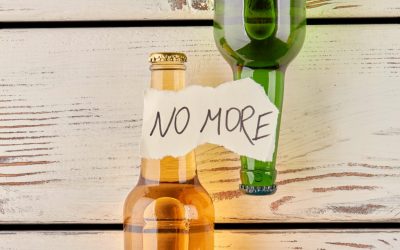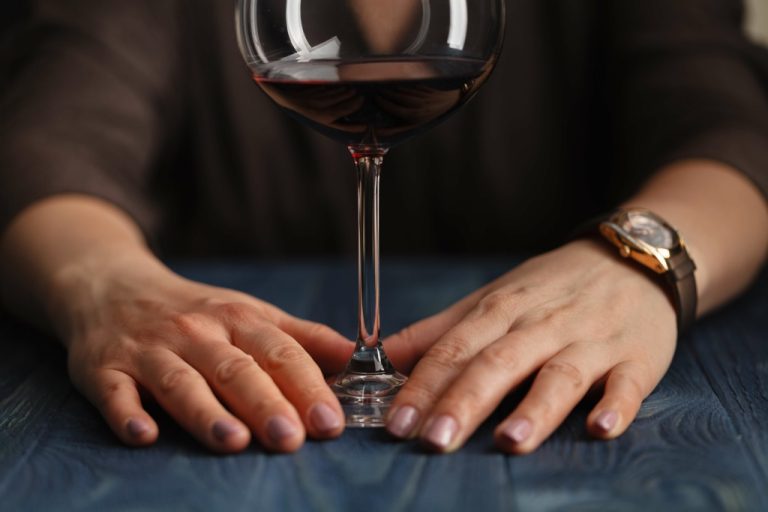MyLunarCapital Login
July 7, 2021Board of Accountancy : License Application Requirements : State of Oregon
November 17, 2021The hydrating potential of a light beer primarily depends on its alcohol content and water volume. Generally, brands with lower ABVs and higher water content will be slightly more hydrating. Focus on how you consume the beer, not necessarily the specific brand. Choosing a ginger beer over a regular beer can be a healthy alternative. The name can mislead beverage connoisseurs, but due to how ginger beer is produced, there is no yeast present, nor is the drink fermented like traditional beer. Having no ABV or added yeast, ginger beer contains none of the diuretic properties that your favorite beer brands might, so there will be less dehydration.
Do Some Drinks Cause Dehydration?
You need to allow your body to rest to recover from dehydration. A sound 8 hours of sleep will do a lot of good for your dehydrated body. Learn more about how dehydration with beer works and how you can take care of your body to lessen the effects. Craft beers tend to have a higher ABV than light or regular beers, typically ranging from 6% to 10% ABV. However, some specialty craft beers can Substance abuse have an even higher ABV, with certain brews containing up to 12% to 14% ABV or more. But you still have just as many salts floating in this reduced volume of water.
A moderate amount equates to one glass of alcohol or less per day for females and two glasses of alcohol or less per day for males. Alcohol is a diuretic and therefore causes excessive urination. The splitting headache after a night of drinking is does wine dehydrate you thought to be partly due to the way alcohol causes dilation and constriction of your blood vessels. But dehydration will make that headache worse and leave you feeling even more fragile.
FAQ 1: Is all alcohol equally dehydrating?
Whether you drink more water or use a hydration aid, you can keep symptoms such as headaches and fatigue at bay. These symptoms often may be a red flag that your body needs fluids. Alcohol also dehydrates your body as it increases the urine produced by your kidneys to process and filter it out of your body. This is why so many people urinate more frequently when they drink.

Alcohol dehydrates the skin
It provides hydration and contains electrolytes, helping to restore fluid balance and potentially aiding in recovery. Yes, certain medical conditions, such as kidney problems, diabetes, and heart conditions, can increase your susceptibility to dehydration. Certain medications, particularly diuretics, can also exacerbate the dehydrating effects of alcohol. Non-alcoholic (NA) beer is a type of beer that contains less than 0.5% alcohol by volume (ABV).
Does Corona Beer Have Sugar and How It Compares to Other Popular Beers
Nonetheless, it can be a refreshing and healthy alternative to regular beer, especially if consumed with a salty meal to enhance sodium intake and improve rehydration. However, it’s important to note that the effectiveness of non-alcoholic beer as a recovery drink compared to traditional sports drinks is still up for https://ecosoberhouse.com/ debate. The more you drink, the more your body stops producing a hormone called vasopressin. It simply means when you drink excessively, the lack of antidiuretic hormones reduces the ability of your body to hold onto water. As a result, your body loses essential nutrients, and you find yourself with frequent washroom visits. Foods high in water content, such as fruits and vegetables, can help replenish lost fluids and electrolytes after drinking alcohol.
- This is a short-lived state, however, as acetaldehyde is rapidly converted into acetate, a relatively harmless substance, by the action of ALDH.
- Our daily research-backed readings teach you the neuroscience of alcohol, and our in-app Toolkit provides the resources and activities you need to navigate each challenge.
- The alcohol content of beer can vary widely but typically ranges from 2–8% alcohol by volume (ABV).
- Non-alcoholic beer can effectively quench thirst due to its high water content, typically 90-95%.
Alcohol acts as a diuretic, promoting fluid loss through increased urination. For example, a standard light beer can help keep you hydrated, but consuming high-alcohol beer may lead to dehydration. Keeping your beer consumption to a moderate level can offer a balance between enjoyment and hydration. Alcohol is a diuretic, meaning it increases urination and can lead to dehydration. Many people mistakenly believe alcohol quenches thirst, but it actually worsens dehydration, intensifying common hangover symptoms like nausea, fatigue, and headaches. One simple yet effective strategy to combat this is to drink plenty of water or other hydrating beverages alongside alcoholic drinks.
- The amount of alcohol in beer is thought to determine its diuretic effect, and therefore how much it can dehydrate you.
- Water hydrates the body, while red wine offers antioxidants like resveratrol, which may provide health benefits.
- Alcohol can suppress your sense of thirst, even when your body needs fluids.
- Firstly, beer typically has a lower alcohol content than wine or spirits.
- Low-alcohol beers typically have an ABV of 1% to 3%, making them popular among those who prefer a lighter drink or need to limit their alcohol intake.
A study from Alcohol and Alcoholism noted that high volumes of any beverage, including non-alcoholic beer, can stress your body’s hydration mechanisms. Staying mindful of overall consumption ensures you don’t inadvertently counteract hydration efforts. Non-alcoholic beer primarily consists of water, which makes up about 90-95% of the beverage.
While beer may have a lower alcohol content than other drinks, it is important to remember that excessive consumption of any alcoholic beverage can still lead to dehydration. Therefore, it is essential to drink in moderation and ensure proper hydration before and after consuming alcohol. Even just one drink can lead to dehydration, as alcohol stops the body from producing enough antidiuretic hormone (ADH), which normally prevents excessive urination. While beer is largely made up of water, it might seem counterintuitive to think that drinking it could lead to dehydration.
According to Statista, in 2021, the U.S. beer industry had around $109 billion in revenue, and, on average, consumers drank about 68 liters (18 gallons) within the year. However, non-alcoholic fluids in beer can help lessen its dehydrating effects. If you’re urinating more than you’re taking in fluids, this can lead to dehydration. The more alcohol you consume, the more dehydrated you will become. That makes beer the clear contender as the least dehydrating, with a big caveat.
How Liquids Affect Hydration Levels

Food slows down the absorption of alcohol into the bloodstream, which can reduce the rate at which ADH is suppressed and minimize the diuretic effect. The primary driver of dehydration is the ethanol content, not the specific style of beer. While some styles might be consumed more quickly than others, which could indirectly influence hydration, the core factor remains the amount of alcohol ingested. Many people underestimate the amount of alcohol they consume because they are not aware of standard drink sizes. As discussed earlier, alcohol has diuretic properties, leading to an increase in urination and potentially resulting in dehydration. For athletes, maintaining optimal hydration is crucial for performance.
